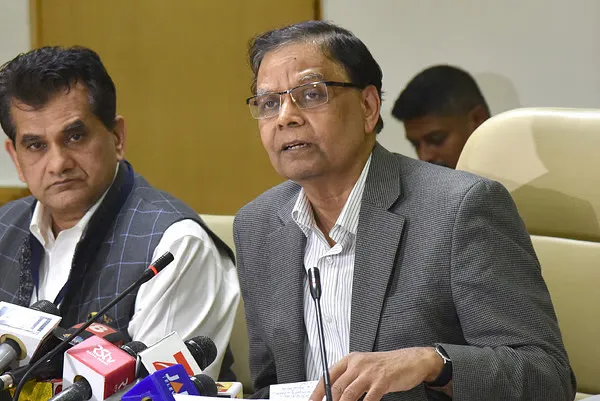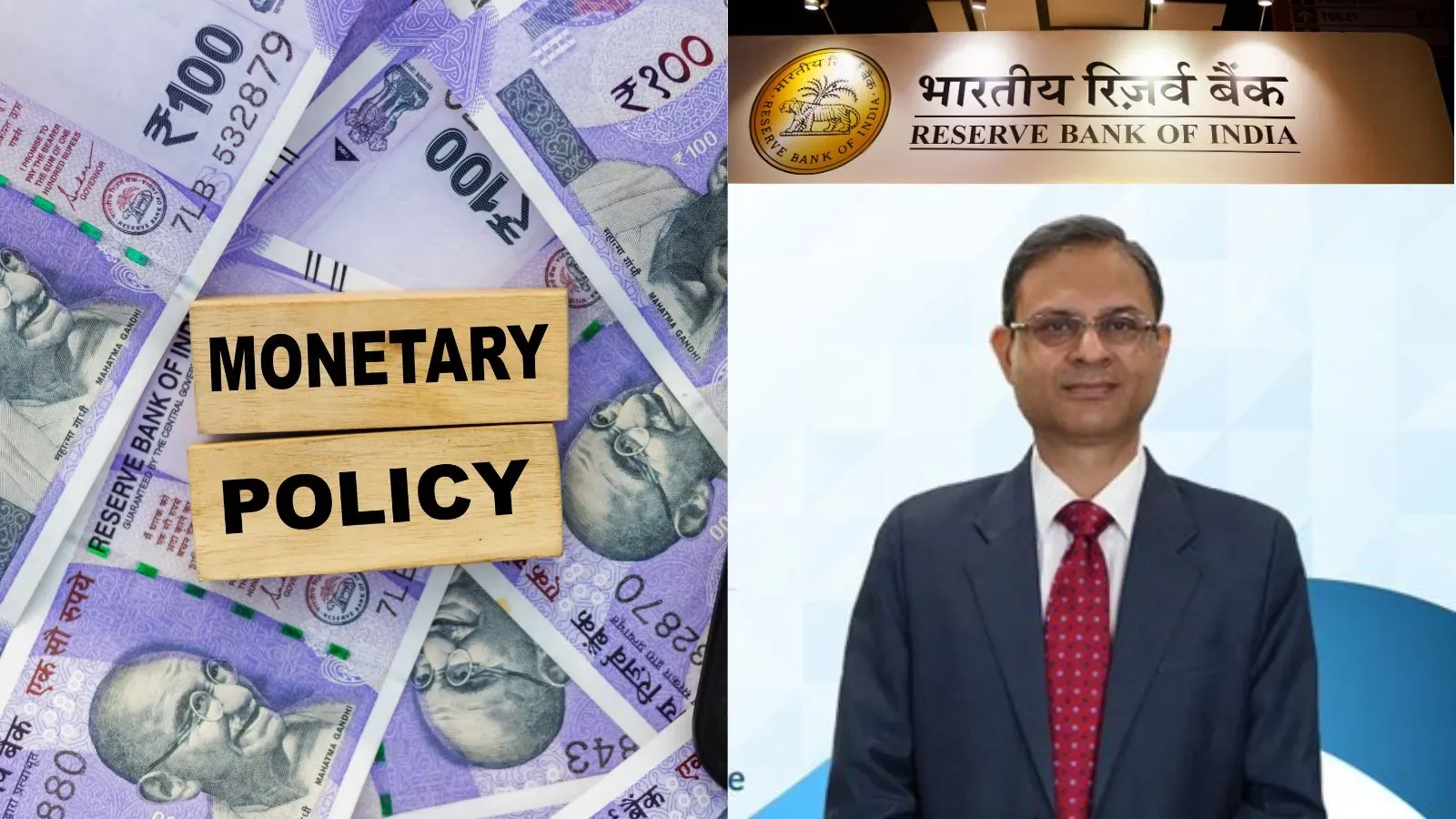Business News
Arvind Panagariya bats for 2 non-zero GST rates: What's the rationale behind this tax structure?
.png)
3 min read | Updated on January 15, 2025, 16:36 IST
SUMMARY
Renowned economist Arvind Panagariya has called for the GST Council to streamline India's tax structure by adopting two non-zero GST slabs.

डॉ. पनगढ़िया का कहना है कि कैश ट्रांसफर की योजनाएं लंबे वक्त तक सरकारी खजाने पर बोझ डालने वाली नहीं होनी चाहिए
Renowned economist and policymaker Arvind Panagariya has called for the GST Council to address critical gaps in the current Goods and Services Tax (GST) framework, including simplifying tax rates and reconsidering the role of indirect taxes in addressing income inequality.
Speaking to Business Today, Panagariya said indirect taxes like GST should not be used as tools for redistribution.
"I wish we would not use the tax policy as an instrument of promoting equality," Business Today quoted Panagariya as saying. "Progressive taxation is well-accepted. But indirect taxation is a little different."
Panagariya, who chaired the 16th Finance Commission, said GST has already brought major reforms by unifying taxation for products and generating substantial revenues.
He, however, believes the next step should be streamlining tax rates.
"We need to build some consensus towards bringing the number of tax rates down. Many economists would argue that a single-rate GST would be the most desirable. I think, politically, that is a challenge," Panagariya said. "But we should certainly strive towards two non-zero tax rates."
GST slabs
Introduced in 2017, the Goods and Service Tax (GST) is levied mainly under four slabs: 5%, 12%, 18%, and 28%. While essential goods and services are taxed at lower rates, luxury and so-called sin goods are charged under the highest 28% slab.
Several essential goods have been exempted under the GST framework to make them affordable and accessible to the public. These include cereals, fresh fruits and vegetables, fresh fish and meat (unprocessed), jaggery, unprocessed tea leaves, all types of flour, curd, lassi, buttermilk, milk, feeds and supplements for aquaculture.
Numerous agricultural, transportation, medical, educational, and judicial services are also exempted from GST.
A potential 5th slab
Panagariya's call for two non-zero GST rates comes at a time when a fifth slab of 35% has become part of the discourse.
Last month, the Group of Ministers (GoM), led by Bihar Deputy Chief Minister Samrat Chaudhary, reportedly suggested a special 35% tax rate on sin goods, including aerated beverages, cigarettes, and tobacco-related products, as well as rationalising GST rates on apparel.
The idea was opposed by several organisations, including RSS-linked Swadeshi Jagran Manch (SJM).
Union finance minister Nirmala Sitharaman, who chaired the 55th meeting of the GST Council in December, announced that no decision was taken on a higher slab for sin goods. She asserted that there had been no discussion on ‘sin tax’ throughout the meeting.
How two non-zero GST rates will help taxation
Panagariya argued that a simplified rate structure would reduce lobbying and make the system more transparent and efficient.
“A similar argument does apply to GST; if you commit to one or at most two rates, then a lot of both criticisms as well as lobbying that goes on for a higher or lower tax rate can be more or less eliminated. So, that is something we, the GST Council, will have to deal with over time,” he said.
Cash transfers
On the issue of rising cash transfers and giveaways, Panagariya expressed concern about their long-term impact, especially on state-level capital expenditure. While he supports targeted cash transfers, he warned against broad-based schemes that strain public finances.
"I am personally not against cash transfers; frankly I was among the early ones [pitching for it]," he said, adding that the ongoing schemes are targeted transfers.
"We are identifying very large groups, all women, for example, and that is fiscally more demanding, even when you do transfers of 1,000 per month per person."
By signing up you agree to Upstox’s Terms & Conditions
About The Author
Next Story

